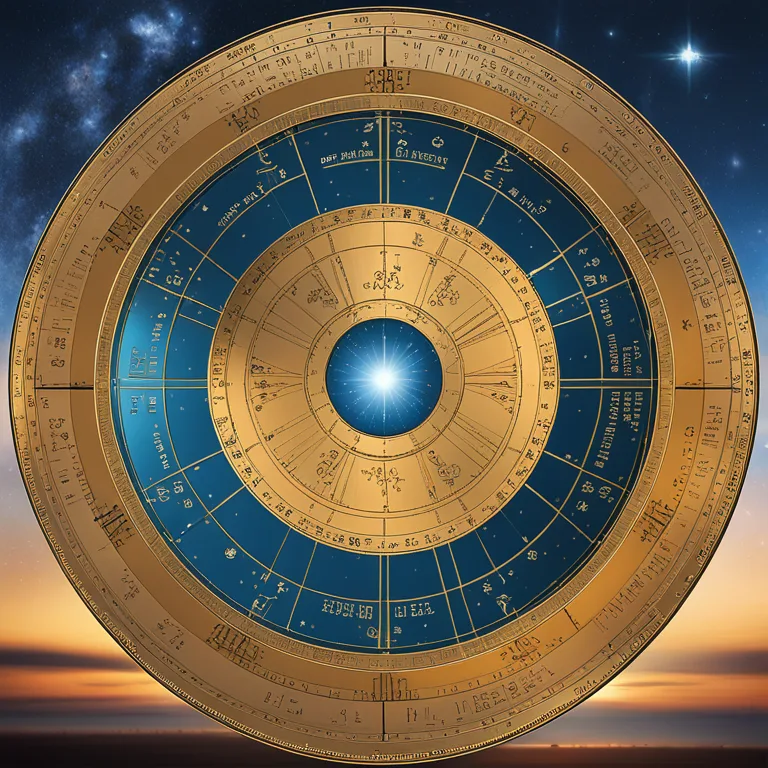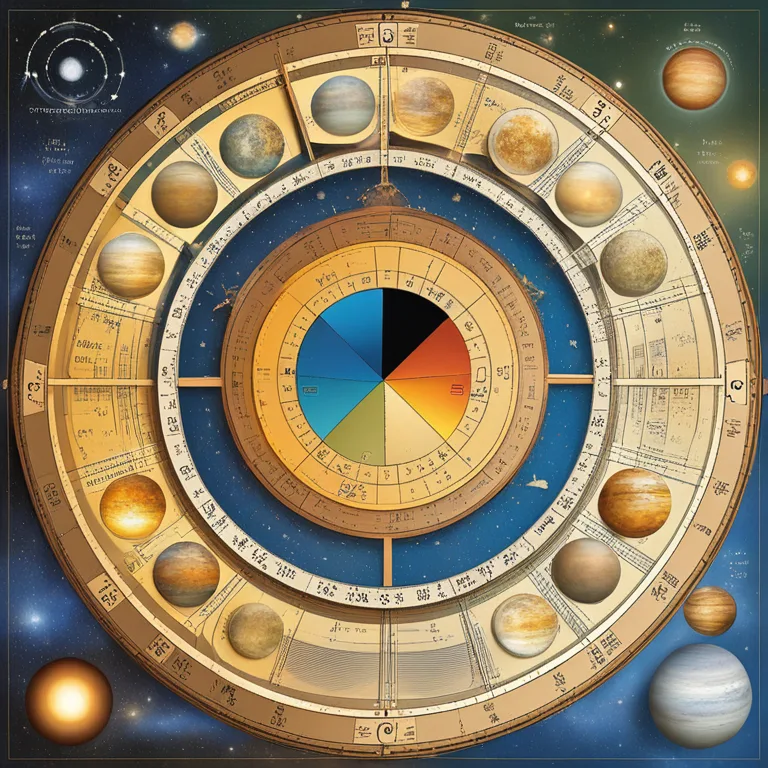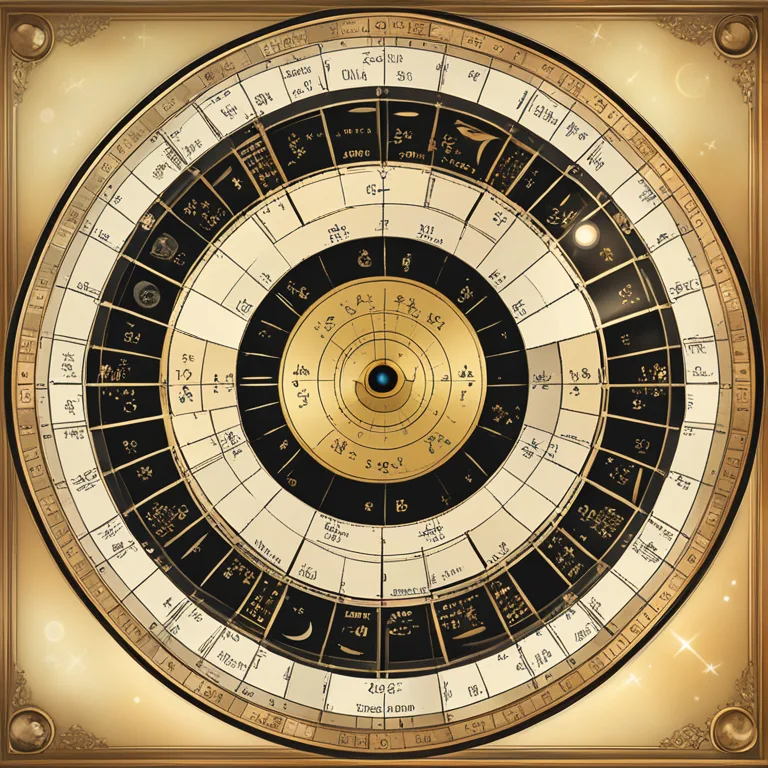
Is Your Birth Chart Changeable?
Delve into the constancy of birth charts in astrology and whether these celestial snapshots can change over time.
article by Priya Deshmukh
The Foundation of Birth Charts
Built upon the intricate belief system of astrology, a birth chart is essentially a cosmic snapshot of the sky at the exact moment of an individual's birth. These celestial diagrams are said to map out the positioning of planets and constellations, forming a unique astrological profile that embodies potential traits, tendencies, and life paths. The fundamental premise is that these configurations etch an indelible mark on our personalities and destinies. With celestial bodies continuously in motion, a common question arises: can our birth charts change over time, reflecting the dynamic nature of the universe?

Constancy in the Cosmic Blueprint
The short answer is no; traditional astrology holds that a birth chart remains constant. It acts as a fixed reference point throughout one's life, for the simple reason that the positions of the stars and planets at the moment of your birth won't retroactively shift. Despite the constant dance of celestial bodies, this personal astral imprint is thought to persist unchanged, enduring as a guide to an individual's astrological DNA.

Progressions and Transits: The Dynamic Layers
That said, astrology recognizes dynamic elements like progressions and transits. These are methods used to interpret how the movement of the heavenly bodies post-birth interacts with the original chart. Progressions reflect the individual's development and evolution, symbolizing internal changes. Transits, on the other hand, are real-time movements of planets that form aspects with points in the natal chart, representing external influences and experiences. In this context, while the birth chart itself is unchangeable, how it manifests in one's life can exhibit fluidity.

Solar Returns and Personal Milestones
In addition to progressions and transits, solar returns also add another layer of nuance. Each year, the Sun returns to the exact position it was in at the time of your birth, essentially giving you a "new" chart that influences the year ahead. These annual charts can indicate shifts in focus, challenges, and opportunities. Although they do not alter the natal chart, solar returns provide insight into specific temporal energies affecting an individual annually.

Time and the Zodiac: A 2024 Perspective
As we look to 2024, one cannot help but consider the role of astrological ages—the long periods of time approximately 2,160 years long, which correlate with the precession of the equinoxes. Currently, we are said to be transitioning from the Age of Pisces into the Age of Aquarius. While such colossal shifts don't change birth charts, they symbolize collective changes that can influence cultural undercurrents and zeitgeists. This broader astrological context indeed doesn't alter individual natal charts but highlights the dynamism of universal celestial influences.
The Role of Interpretation
Interpreting a birth chart is both an art and a science—a dialog between the static blueprint of a birth chart and the dynamic narrative of a human life. Astrologers contend that the wisdom of a birth chart is unearthed not through change in the chart itself but through the evolving understanding of its symbolism as one moves through life. This is where the skill of a seasoned interpreter can illuminate current and upcoming trends through the lens of planetary movements in relation to the immutable birth chart.
Published: 12/27/2023
Modified: 12/27/2023
More predictions
Come back here soon to learn more about yourself and your future


The Impact of Moon Phases on Relationships
Discover the subtle influences of the lunar cycle on love and partnership synergy in our article on moon phases and relationship dynamics.


Moon Magic in Romance: The Impact of Lunar Phases
Discover how the lunar cycle relates to your love life and partnerships. Learn to interpret the moon's phases for harmony and connection in relationships.


Moon Phase Yoga: Aligning Body & Cosmos
Discover how Moon Phase Yoga harmonizes your practice with lunar cycles for a deeper spiritual and physical connection.